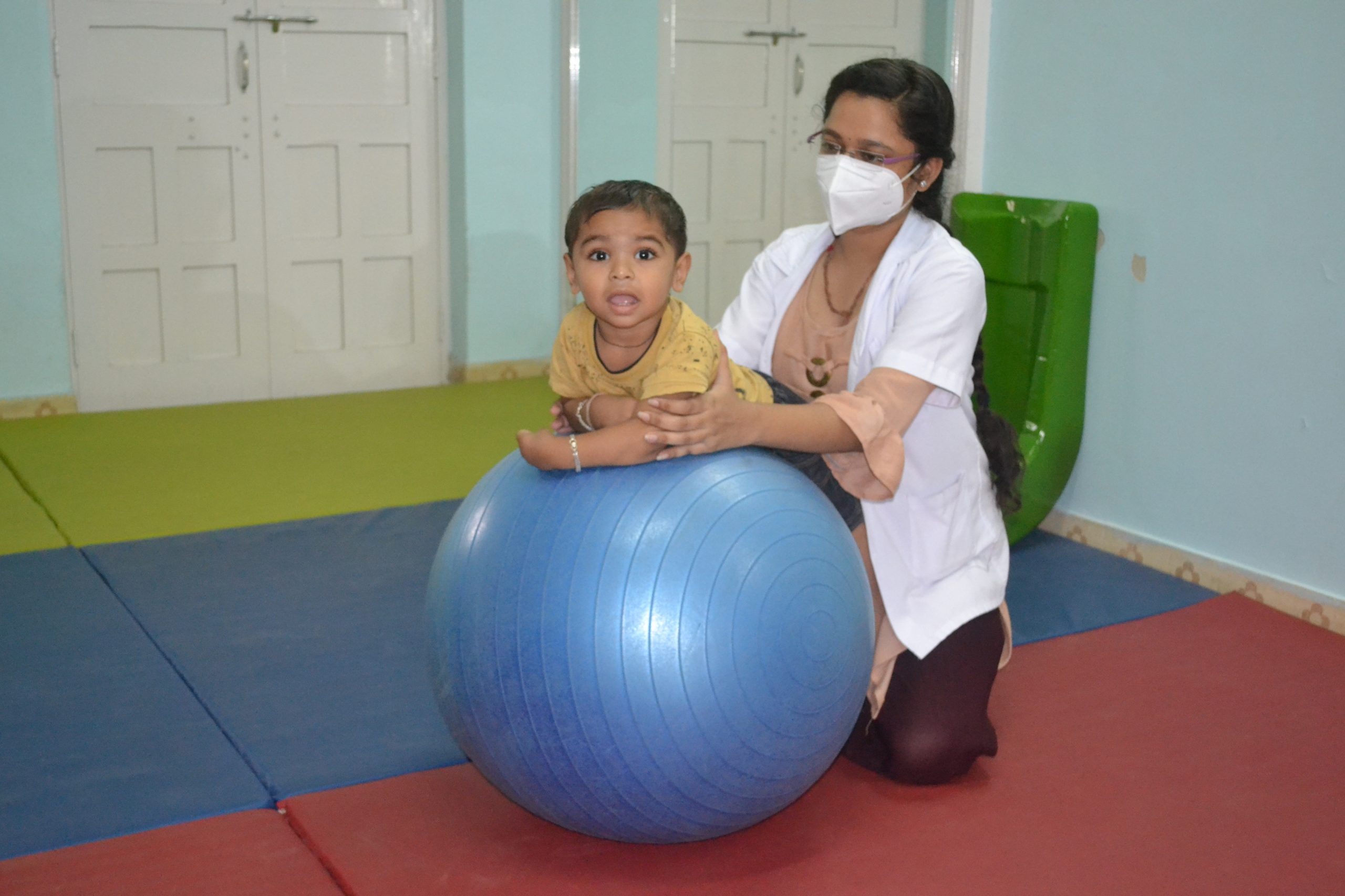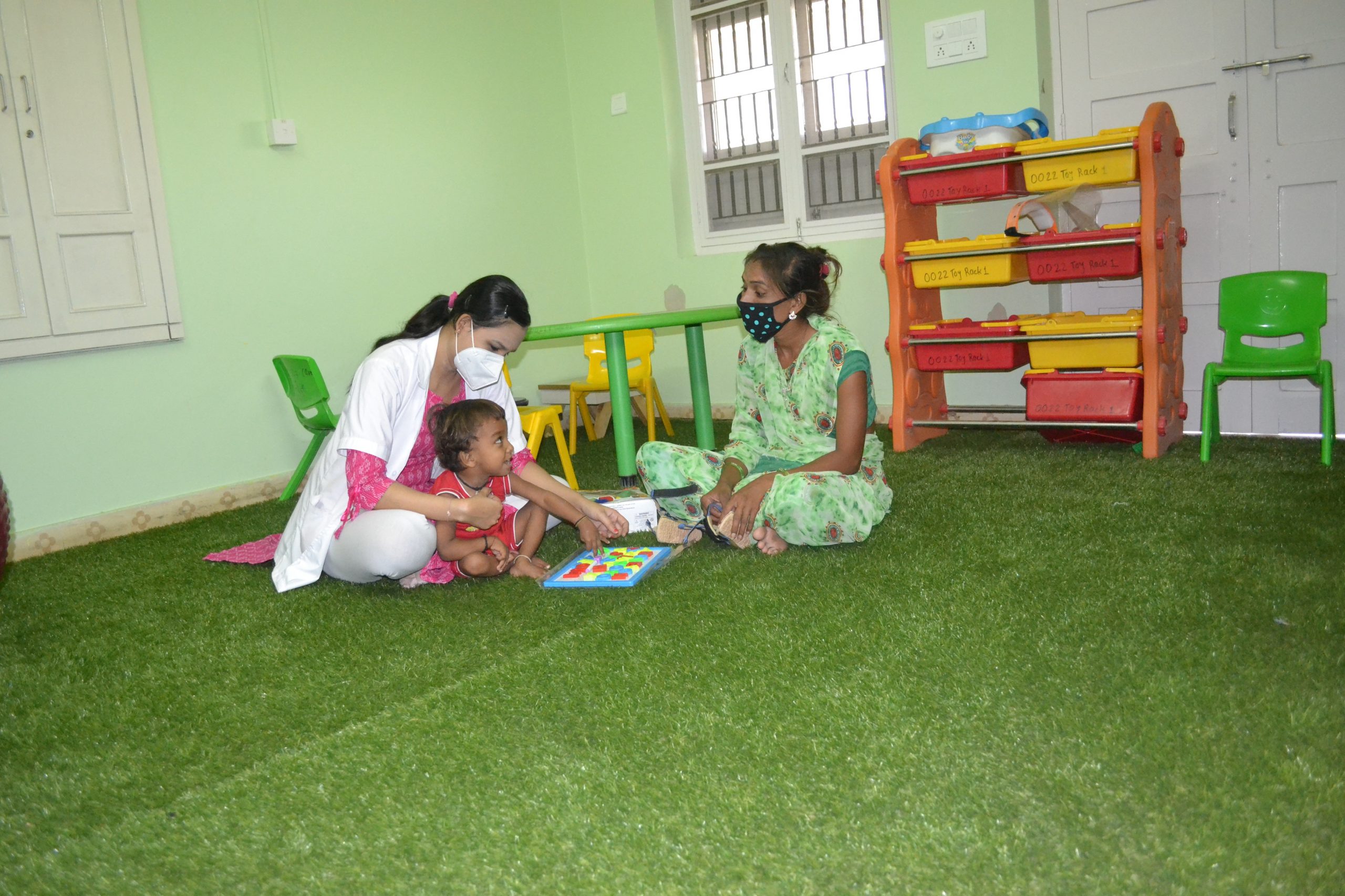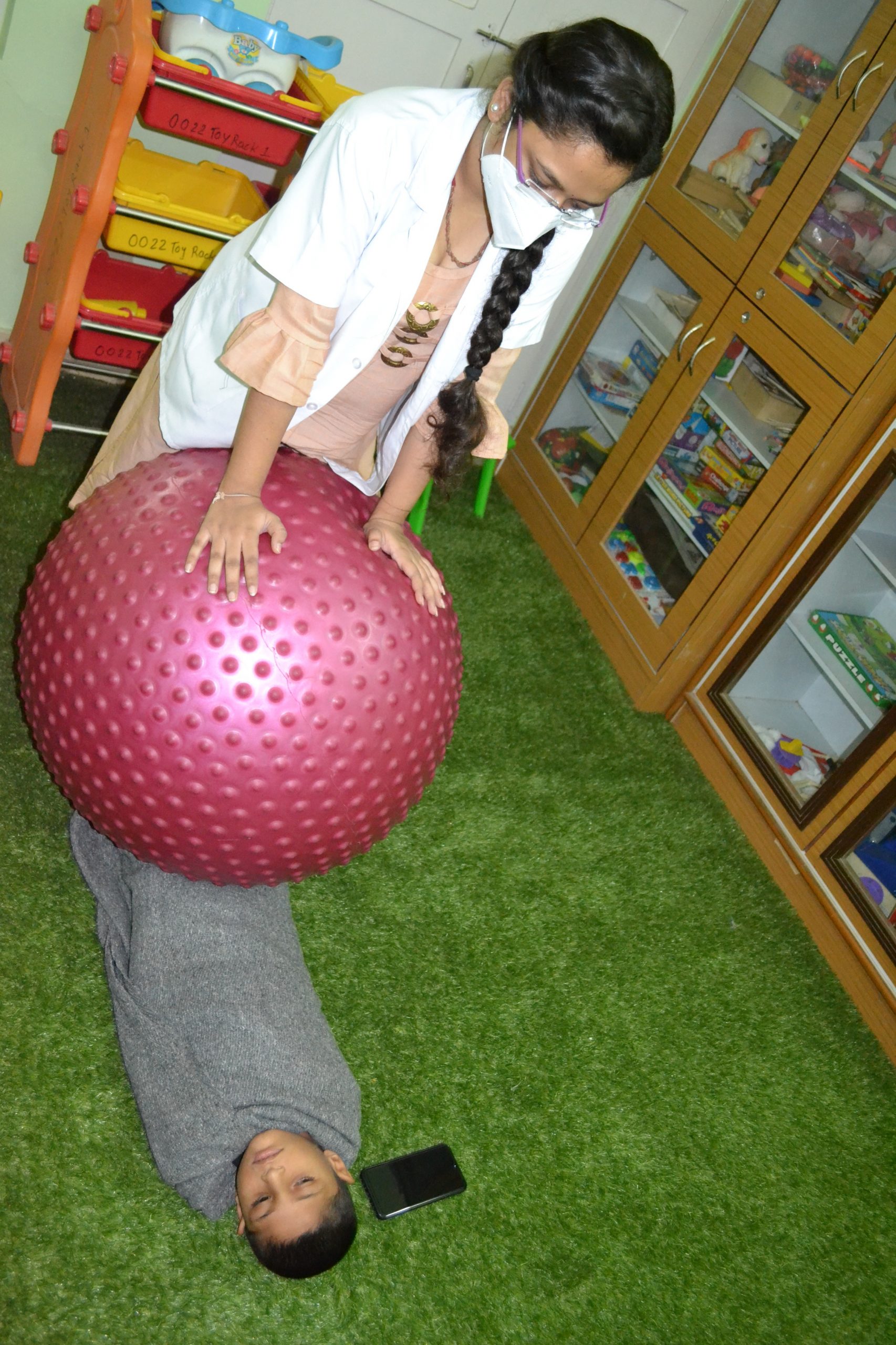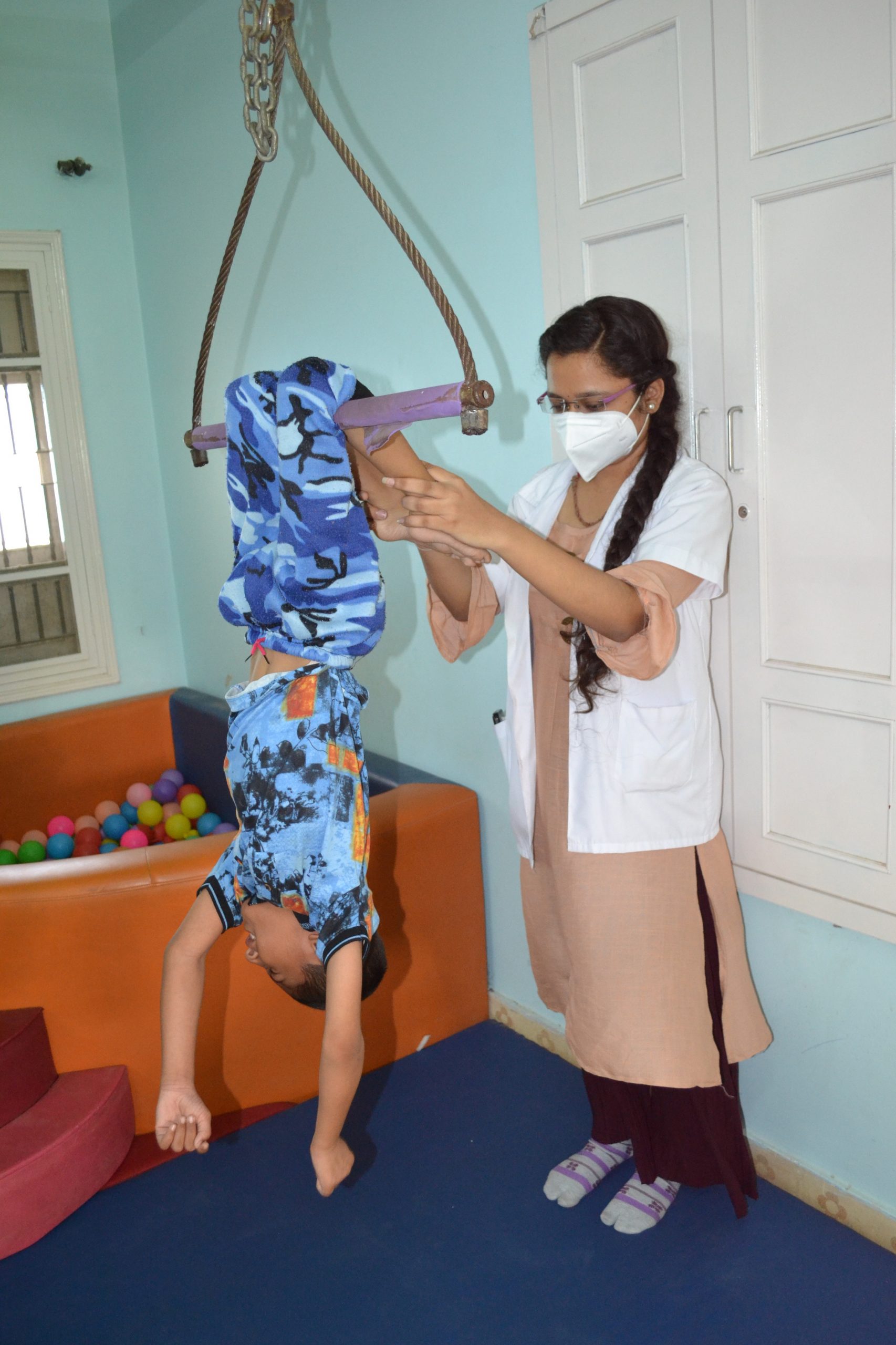Sensory Integration Therapy Department- to facilitate normal sensory system and integrate abnormal sensory pattern of neurologically challenged patients.
Children with sensory processing deficits may have difficulty with motor skills, balance, and hand eye coordination.
Sensory Integration also uses therapy such as deep pressure, brushing, weighted vests and swinging.
We work on 7 Particular senses i.e :-
• Vision,
• Auditory
• Olfactory
• Gustatatory
• Tactile
• Vestibular
• Proprioception.
Condition Treated Here: Autism Spectrum disorders, Learning disabilities, Sensory Processing Disorder, ADHD, X-Linked disorders etc.
Signs: -
• Overly sensitive or under reactive to touch, movements, sights or sounds.
• Unusually high or low activity level
• Easily distracted; poor attention to tasks.
• Delay in speech, motor skills, or academic achievements.
• Coordination problems; appears clumsy or awkward.
• Poor body awareness
• Difficulty in learning new task or figuring out how to play with unfamiliar toys.
• Difficulty with tasks that require using both hands at the same time.
• Appears to be disorganized most of the time.
• Difficulty with transitions between activities or environments.
• Immature social skills.
• Impulsivity or lack of self control
• Difficulty in calming self once “wound up”.
Sensory Integration also uses therapy such as deep pressure, brushing, weighted vests and swinging.
We work on 7 Particular senses i.e :-
• Vision,
• Auditory
• Olfactory
• Gustatatory
• Tactile
• Vestibular
• Proprioception.
Condition Treated Here: Autism Spectrum disorders, Learning disabilities, Sensory Processing Disorder, ADHD, X-Linked disorders etc.
Signs: -
• Overly sensitive or under reactive to touch, movements, sights or sounds.
• Unusually high or low activity level
• Easily distracted; poor attention to tasks.
• Delay in speech, motor skills, or academic achievements.
• Coordination problems; appears clumsy or awkward.
• Poor body awareness
• Difficulty in learning new task or figuring out how to play with unfamiliar toys.
• Difficulty with tasks that require using both hands at the same time.
• Appears to be disorganized most of the time.
• Difficulty with transitions between activities or environments.
• Immature social skills.
• Impulsivity or lack of self control
• Difficulty in calming self once “wound up”.

Deep pressure stimulation

Physioball exercise for balance, head control and core strengthening

Sensory garden

Ball pool for proprioception and tactile stimulation
Visual tracking in dark room

Deep pressure technique for tactile and proprioception

Sensory Swing for vestibular stimulation
